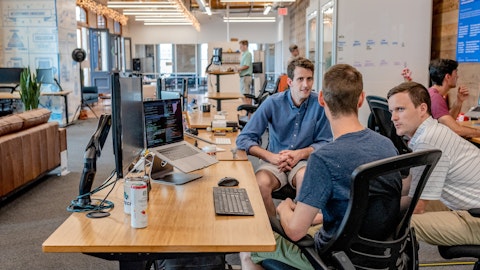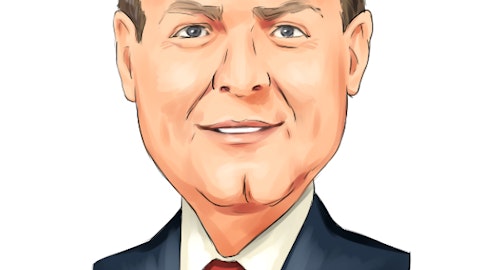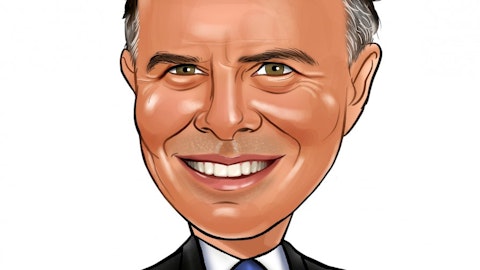Mitch Butier: Yes. Well, I mean, as far as the recession activation, there’s a couple of things. The structural cost reductions are not the recession activation, if you will, at the long — part of our long-term strategy, as you know, to focus on productivity. It’s a way we free up capital to invest more in the high-value categories, keep our base businesses competitive and profitably growing as well as to expand margins over time. So I wouldn’t look at the restructuring of that side. And as far as the temporary cost actions, part of those are when your volume environment is lower, you’re having some dark days within plants to drive the way you balance your load, if you will, can drive some savings, and that’s something that we’re very focused on as well as belt tightening. And everybody should tighten belts in this type of environment, and that’s just part of how we operate.
Operator: Our next question comes from George Staphos with BofA Securities.
George Staphos: Thanks for the details. I wanted to touch particularly on Intelligent Labels just given some inbound that we’ve gotten over the last couple of days. Can you talk at all to how much chip shortages may have constrained your growth, recognizing that Intelligent Labels is still growing very, very nicely? What could the incremental volume have looked like? Had there not been shortages, what impact did it have on your margins? Could margins have been pick a range 100 points, 200 basis points, whatever better, how would you have us think about that? And last part of the question, and I’ll turn it over. Can you talk at all to how much — how important some logistics rollouts are in terms of your guidance for this year? Could they be incremental?
Deon Stander: Thanks, George. We don’t believe that in 2022, our volumes were impacted by any part of chip shortages because, as the market leader, we had secured enough chip supply to ensure that we could deliver to all of our customers’ expectations. Clearly, from a margin perspective, we maintained margins. There was some degree of chip inflation, and we’ve dealt with that through productivity, as we always do. And as we look forward, the logistics is certainly going to be a big part of the second half of our growth during 2023. But I will emphasize that Apparel will still be the largest part of our business and will be growing during 2023 as well, George.
Operator: Our next question comes from John McNulty with BMO Capital Markets.
John McNulty: When you look at the severity of the destocking, particularly in the LGM segment, I mean, we’ve seen some data out there that kind of shows year-over-year 20%, 25% decline. I mean, certainly worse than we even saw in the financial crisis. I guess, can you explain how that’s happening or why that’s necessarily happening? And are we putting ourselves in a position now, given that it’s so much worse than GDP in terms of the production levels, that there may actually be a restock where maybe people have cut even too deeply, just trying to focus on cash generation or what have you? I guess, can you help us to understand that a little bit? .
Mitch Butier: Yes, John. So why — first part of your question, I think it’s a little bit of why a deeper decline that we’ve seen in past corrections, which you do have to go all the way back to the financial crisis to see that. The reason is basically because of the supply chain disruptions, people wanted to make sure they secured enough of the inventory for their own end demand and so there was much more safety stock in the system, one, two. Timing of significant inflation, we were raising prices significantly and people wanted to get in the queue and basically order and build inventory early to avoid the next round of price increases given we were actually in a stage of basically raising prices every couple of months or so in each region.




